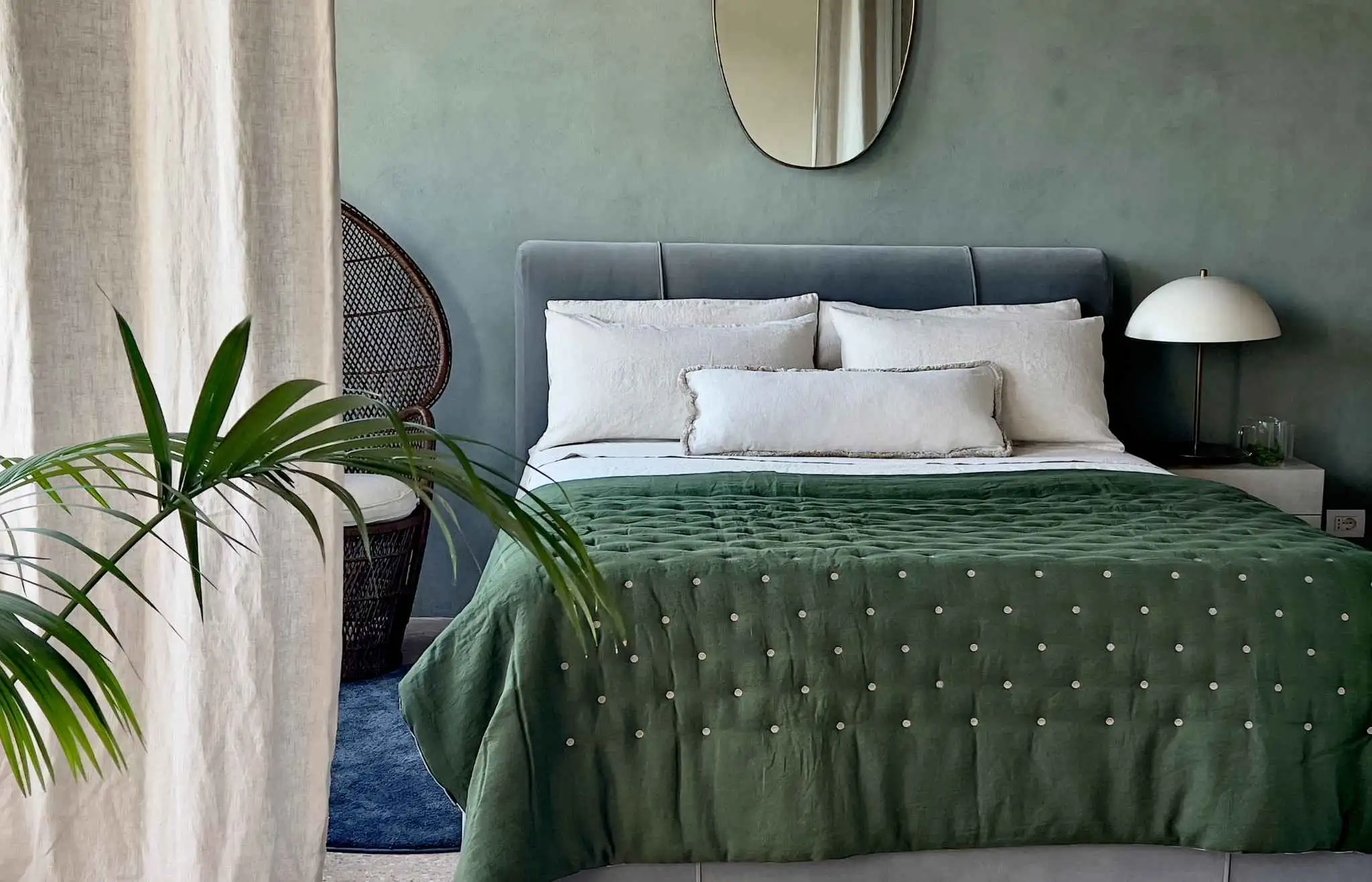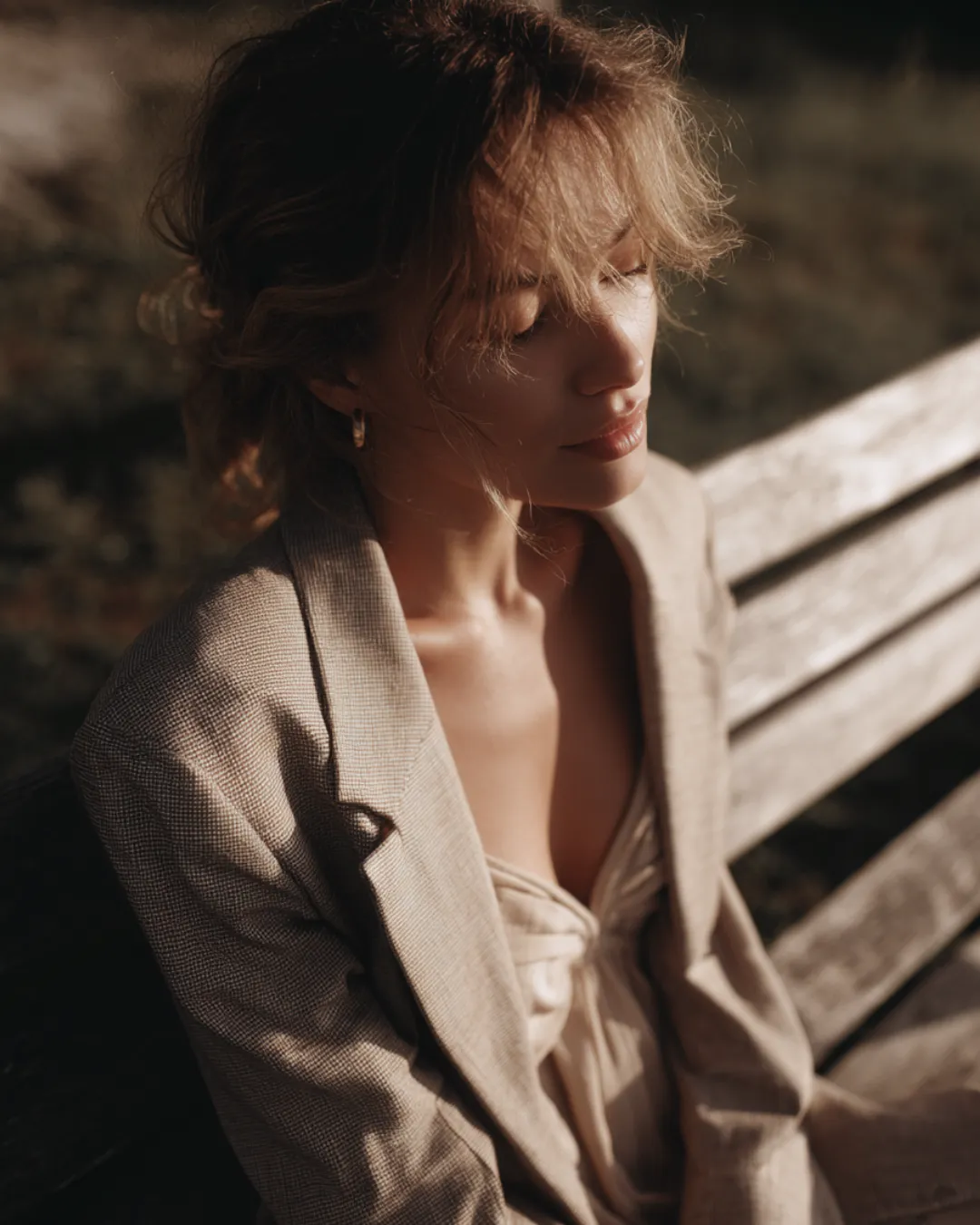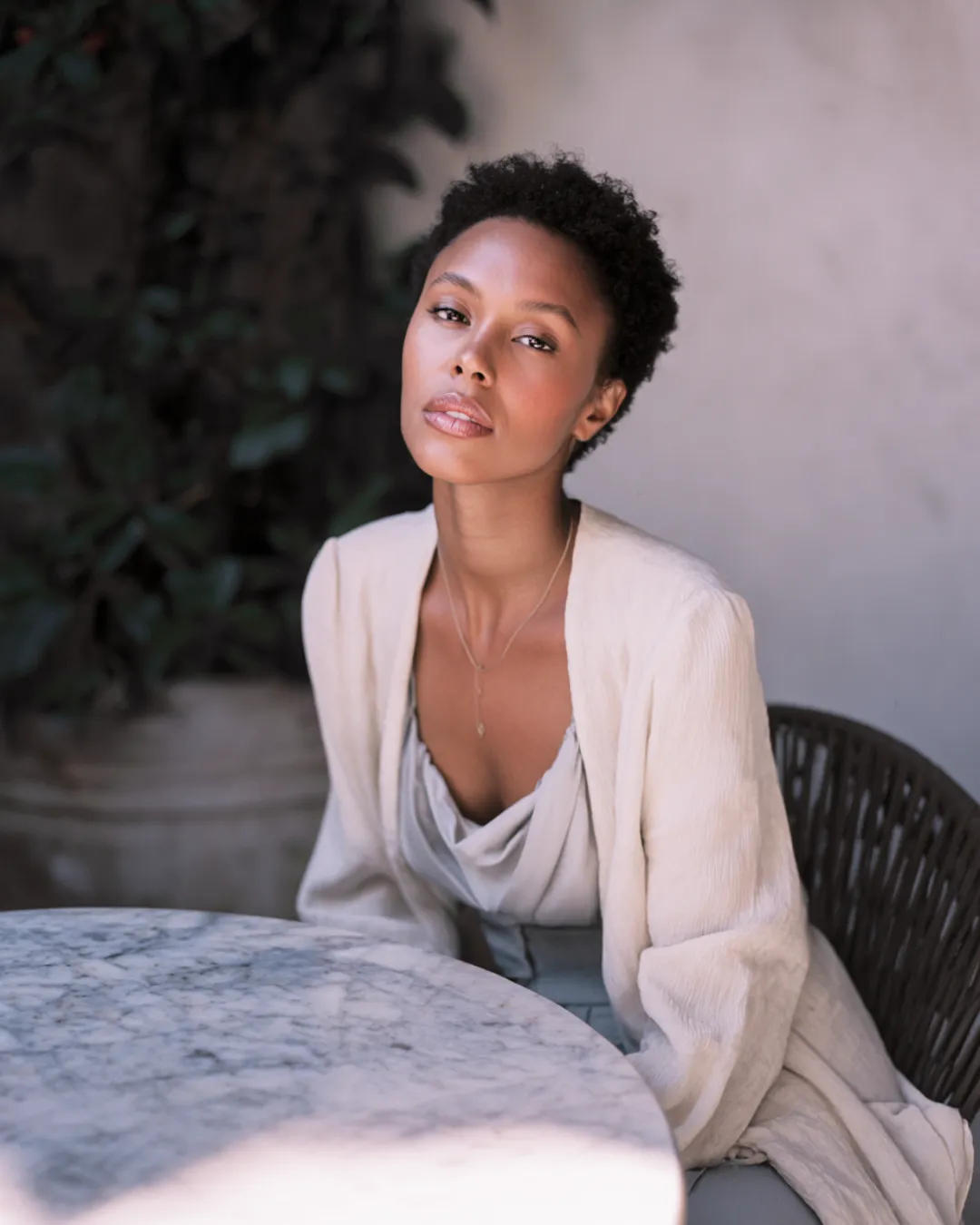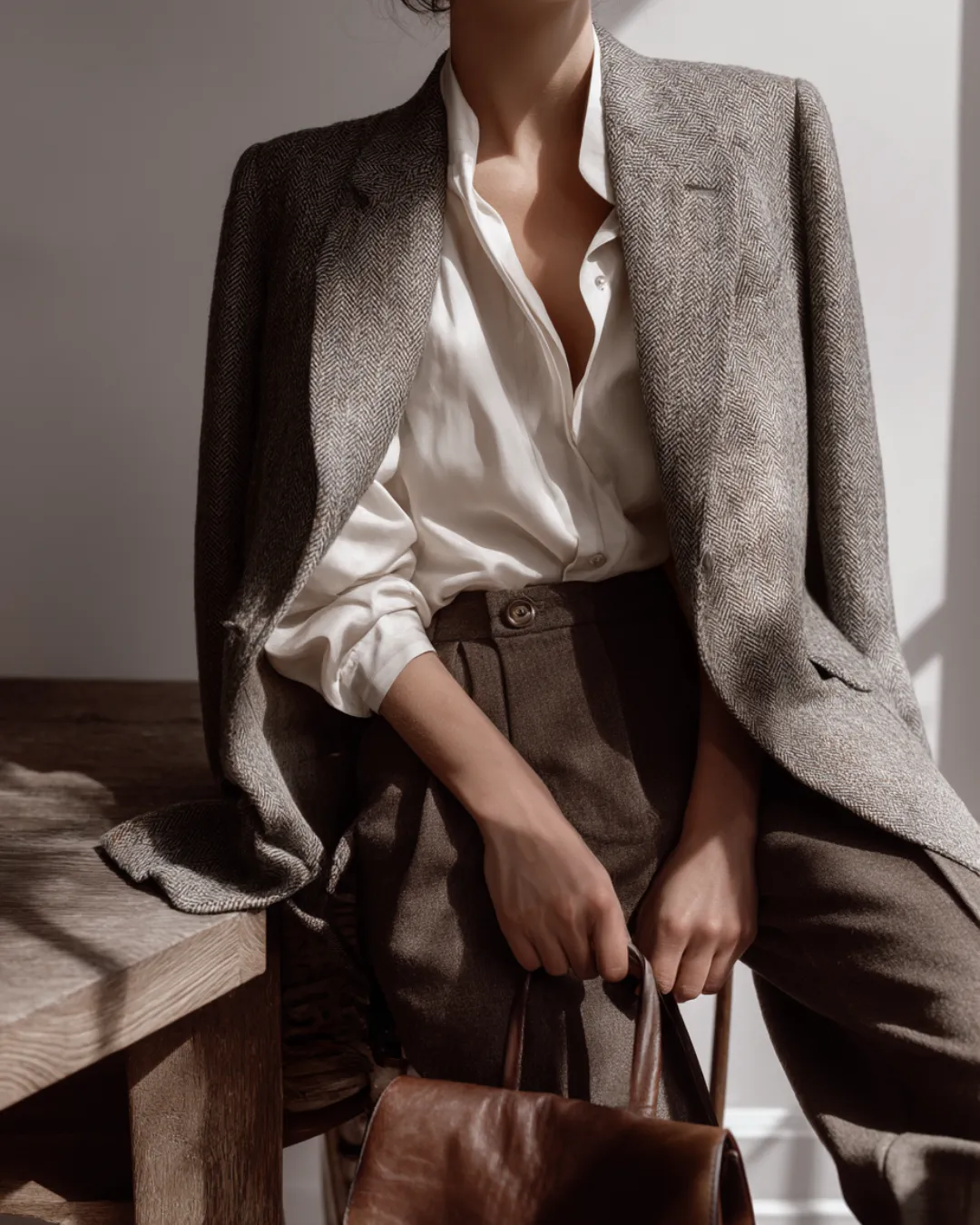Paris Fashion Week Winter 2025

Courtesy of Henge
Courtesy of Andreas Simopoulos
Courtesy of Dave Benett
Courtesy of Japan Mobility Show
Courtesy of ART Cologne
Courtesy of whenobjectswork / Kate Hume
Courtesy of Ivan Erofeev
Courtesy of Stéphane ABOUDARAM - WE ARE CONTENT(S)
Courtesy of Sacha Moreau / Global Gift Gala Monaco
Courtesy of Fadi Al Shami
Courtesy of Sofia Hartmann
Courtesy of Historyhd
Courtesy of Mick De Paola
Courtesy of the artist (c) VG Bild-Kunst, Bonn 2025. Photography by Jens Ziehe.
Courtesy of Yasamine June
Courtesy of Rawisara Prachaksubhanit
Courtesy of Mariia Dred for Berlin Fashion Week
Courtesy of Michael Fousert
Courtesy of Raden Prasetya
Courtesy of Antonia Tewes
Courtesy of Antonia Tewes
Courtesy of Carlo Bazzo
Courtesy of Artem Zakharov
Courtesy of James Cochrane / Copenhagen Fashion Week SS26
Courtesy of Fashion Week Studio
Courtesy of Burak Goraler / AFW
Courtesy of Antonia Tewes
Courtesy of SF / Luigi Caputo
Courtesy of Bruno Cordioli / CC BY 2.0 via Wikimedia Commons
Courtesy of Dubai Fashion Week / Ruzaini Official
Courtesy of Frieze Seoul 2025 / Wecap Studio
Courtesy of LecartPhotos
Courtesy of Jacopo Salvi / La Biennale di Venezia / ASAC Photo
Courtesy of Campione d’Italia’s Classic Circuit
Courtesy of Maxi Yacht Rolex Cup
Courtesy of Jochem Raat
Courtesy of Corey Watson
Courtesy of Pitti Immagine / Fragranze
Courtesy of Le Sable
Courtesy of Once Milano
Courtesy of Monaco Yacht Show
Photo by Darren Carroll/PGA of America
Courtesy of Guy Bell / British Art Fair
Photo by Sean Zanni / Patrick McMullan via Getty Images
Courtesy of Messe München GmbH / Thomas Plettenberg
Courtesy of ph G Martin-Raget/SNST
Courtesy of David Pupăză
Courtesy of Derek Rose
Courtesy of Jim Winslet
Courtesy of Millie Turner/BFI
Photo by Hugo Glendinning. Courtesy of Frieze
Courtesy of Rolex / Kurt Arrigo
Courtesy of Laura Dupuy
Courtesy of Palm Beach Show Group
Courtesy of Getty Images for Perelman Perfor
Courtesy of BFA 2025
Images credited Jason Alden courtesy of LAPADA
Courtesy of Informa Markets
Courtesy of The Qatar Boat Show
Courtesy of Getty Images for Baby2Baby
Courtesy of Jeanne Canto
Courtesy of Darian DiCianno
Courtesy of David Long/Cancer Research UK
A
T
I
O
T
M
I
L
L
L
C
S
S
T
T
A
T
H
F
T
E
F
O
A
T
F
I
T
T
T
T
I
I
T
I
O
P
S
A
S
U
O
A
E
G
B
I
A
I
L
I
T
M
O
G
U
I
L
S
N
I
D
U
T
A
F
I
W
F
O
A
A
M
L
I
aris Fashion Week reaffirmed its place at the forefront of global fashion this January, delivering a striking blend of tradition, innovation, and cultural relevance. Across both Men’s Fall/Winter 2025–2026 and Haute Couture Spring/Summer 2025, the runways were dominated by visionary storytelling and elevated craftsmanship. Leading houses—Dior, Hermès, and Yves Saint Laurent (YSL)—presented collections that not only embraced the past but also leaned boldly into the future.
Trend Highlights from the Runway
The schedule, as confirmed by the Fédération de la Haute Couture et de la Mode (FHCM), unfolded in two acts: Men’s Fashion Week (January 21–26) and Haute Couture Week (January 27–30). Each designer responded to this framework with distinct seasonal narratives.
Dior’s Haute Couture Spring/Summer 2025 collection explored the intersection of history and surrealism. Corsets and tailcoats—reimagined through a contemporary lens—evoked the house’s archival codes while pushing boundaries of feminine form and structure.
Hermès, presenting its Men’s Fall/Winter 2025–2026 line, delivered a masterclass in structured elegance. Inspired by Christian Dior’s iconic “Ligne H,” the collection featured utilitarian trench coats in rich leather and modular tailoring—a thoughtful dialogue between function and refinement.
YSL focused on silhouette and sensuality. Their Spring/Summer Haute Couture show was defined by sharp tailoring and fluid draping, merging Parisian sophistication with modern edge.
A Dialogue Between Craft and Code
Craftsmanship remained central, yet the growing integration of technology was undeniable. At Dior, experimental use of 3D printing for accessories hinted at a future where precision meets artistic intent. Hermès continued to refine its production through discreet but purposeful tech integration. Meanwhile, YSL introduced virtual showrooms, reducing the environmental impact of press-related travel and underlining a broader industry commitment to sustainability.
This synergy between heritage techniques and modern innovation is fast becoming a defining characteristic of high fashion’s next chapter.
Cultural Relevance and Global Reflection
Beyond aesthetics, the collections mirrored wider societal conversations.
Dior’s use of archival motifs served as a gesture toward “collective memory,” signaling a resurgence of heritage in uncertain times. YSL’s gender-fluid designs connected deeply with younger, more inclusive audiences, while Hermès tapped into the growing appeal of experiential luxury through travel-inspired accessories.
Together, these collections underscored how Parisian fashion continues to serve as both a mirror and a compass—reflecting cultural shifts while setting a global tone.
The January 2025 shows proved that Paris remains the heartbeat of high fashion. With heritage, innovation, and sustainability in seamless dialogue, Dior, Hermès, and YSL offered not just collections—but bold statements on where fashion is heading next.












